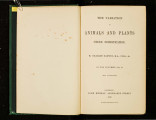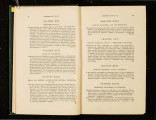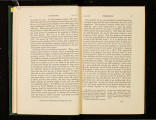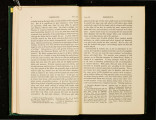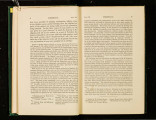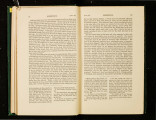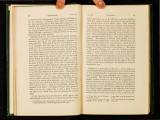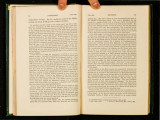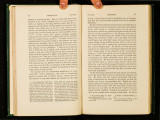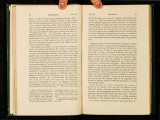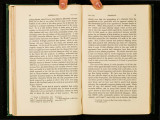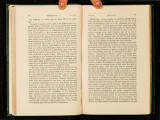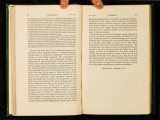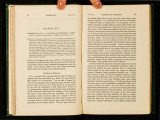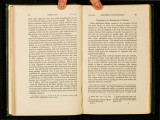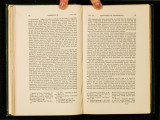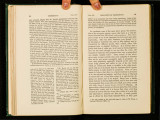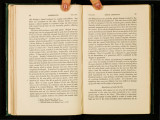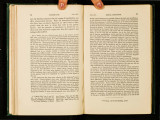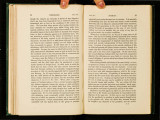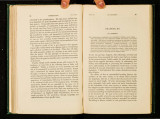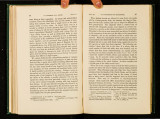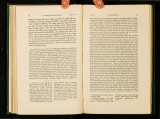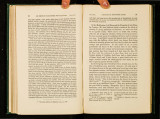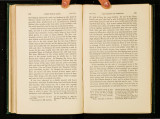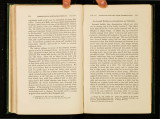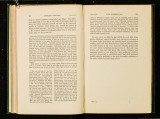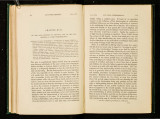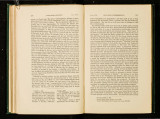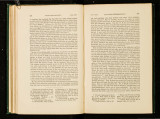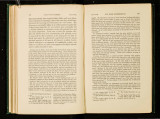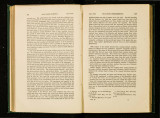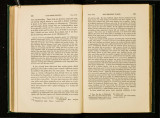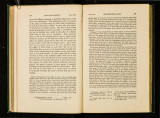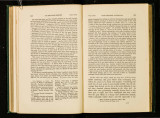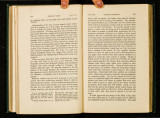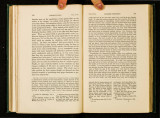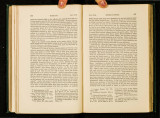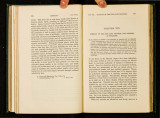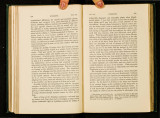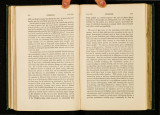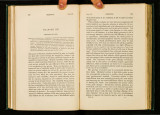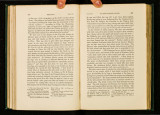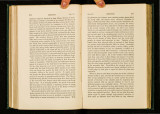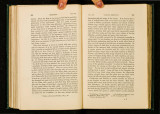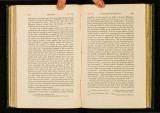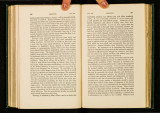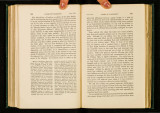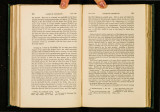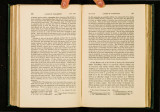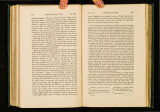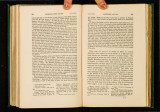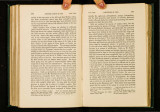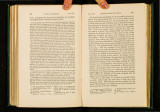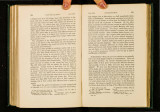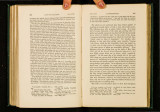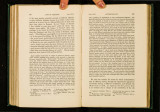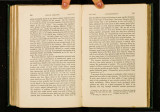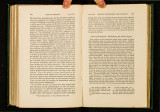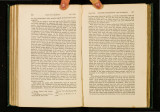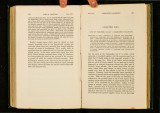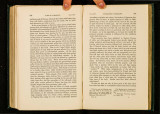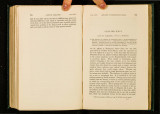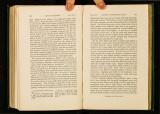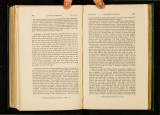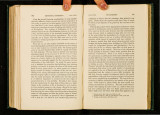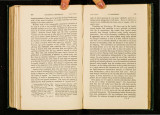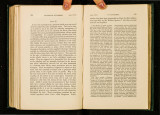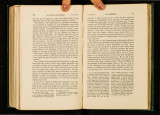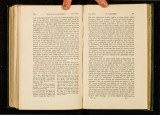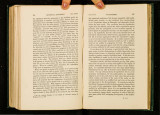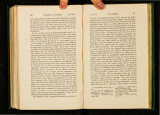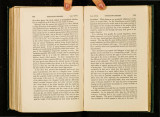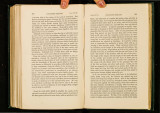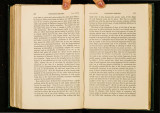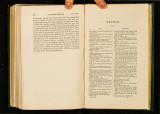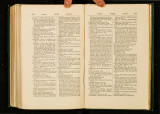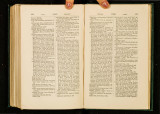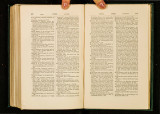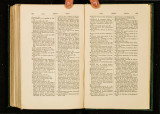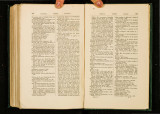| OCR Text |
Show 334 LAWS OF VARIATION. CHAP. XXV. changes of structure would have been indispensable,-namely, a thickened skull to carry the horns ; strengthened cervical vertebrre, with strengthened ligaments; enlarged dorsal vertebrre to support the neck, with powerful fore-legs and feet; all these parts being supplied with proper muscles, blood-vessels, and nerves. How then could these admirably co-ordinated modifications of structure have been acquired? According to the doctrine which I maintain, the horns of the male elk were slowly gained through sexual selection,-that is, by the bestarmed males conquering the worse-armed, and leaving a greater number of descendants. But it is not at all necessary that the several parts of the body should have simultaneously varied. Each stag presents individual differences, and in the same district those which had slightly heavier horns, or stronger necks, or stronger bodies, or were the most courageous, would secure the greater number of does, and consequently leave a greater number of offspring. The offspring would inherit, in a greater or less degree, these same qualities, would occasionally intercross with each other, or with other individuals varying in some favoumble manner; and of their offspring, those which were the best endowed in any respect would continue multiplying; and so onwards, always progressing, sometimes in one direction, and sometimes in another, towards the present excellently co-ordinated structure of the male elk. To make this clear, let us reflect on the probable steps, as shown in the twentieth chapter, by which our race and dray-horses have arrived at their present state of excellence ; if we could view the whole series of intermediate forms between one of these animals and an early unimproved progenitor, we should behold a vast number of animals, not equally improved in each generation throughout their entire structure, but sometimes a little more in one point, a?d s?metimes in another, yet on the whole gradually appr?achmg m ch~racter to our present race or drayhorses, whwh are so admirably fitted in the one case for fleetness and in the other for draught. Although natural selection would thus 33 tend to give to the 33 ~r. Herbert Spencer ('Principles of Bwlogy,' 1864, vol. i. pp. 452, 468) takes a different view ; and in one place remarks : "We have seen reason to " think that, as fast as essential faculties " multiply, and as fast as the number of CHAP. XXV. CORRELATED VARIABILITY. 335 male elk its present structure, yet it is probable that the inherited influence of use has played an equal or more important part. As the horns gradually increased in weight, the muscles of the neck, with the bones to which they are attached, would increase in size and strength ; and these parts would react on the body and legs. Nor must we overlook the fact that certain parts of the skull and the extremities would, judging by analogy, tend from the first to vary in a correlated manner. The increased weight of the horns would also act directly on the skull, in the same manner as, when one bone is removed in the leg of a dog, the other bone, which has to carry the whole weight of the body, increases in thickness. But from the facts given with respect to horned and hornless cattle, it is probable that the horns and skull would immediately act on each other through the principle of correlation. Lastly, the growth and subsequent wear and tear of the augmented muscles and bones wou:d require an increased supply of blood, and consequently ~n mcreased supply of food ; and this again would require mcreased powers of mastication, digestion, respiration, and excretion. Colour as Correlated with Constitutional Peculiarities. It is an old belief that with man there is a connexion between complexion and constitution ; and I :find that some of the best authorities believe in this to the present day.34 Thus Dr. Beddoe by his tables shows 35 that a relation exists between li~bility to consumption and the colour of the hair, eyes, and ~km. It has. been ~:ffirmed ~6 that, in the French army which mvaded Russm, soldiers havmg a dark complexion, from the "organs that co-operate in any given '' function increases, indirect equilibra,, tion through natural selection becomes '' less and less capable of producing spe,, ci:fic adaptations; and remains fully '' capable only of maintaining the gene" ral fitness of constitution to conditions." This view that natural selection can do little in modifying the higher animals surprises me, seeing that man's selec-ti? n has undoubtedly effected much w1th our domesticated quadrupeds and birds. 3~ Dr .. Prosper Lucas apparently disbelie; es m ~r:Y such connexion,' L'Hered. Nat., tom. n. pp. 88-94. a.> 'British Medical Journal,' 1862 p. 433. ' 36 .Boudin, ' Geograph. Medicale,' tom. 1. p. 406. |





